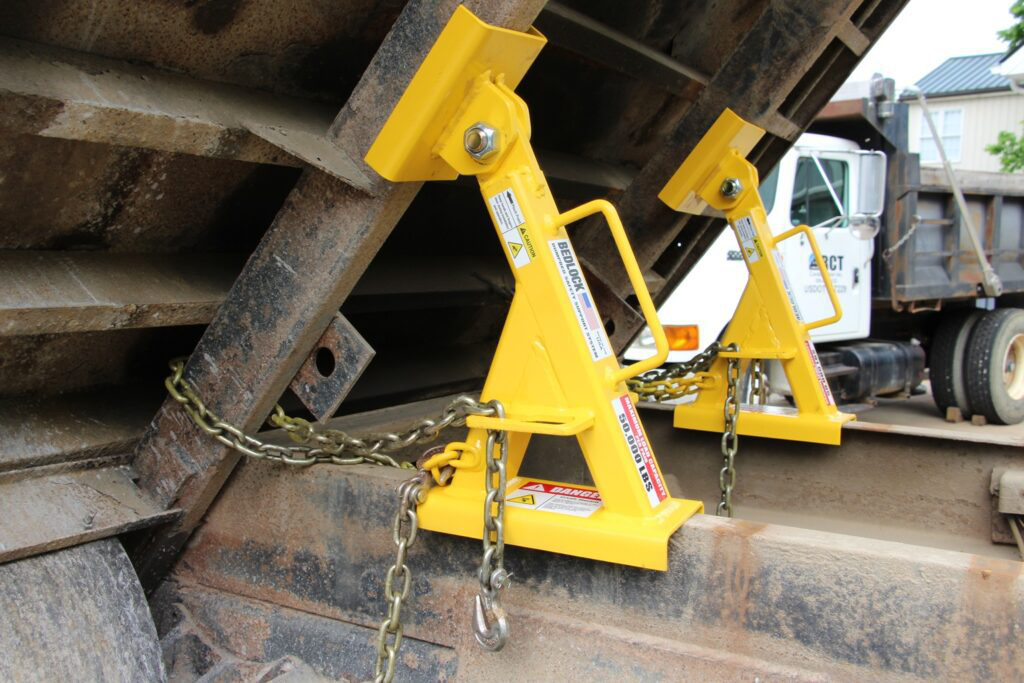In the world of construction and transportation, dump truck fleets play a crucial role in moving heavy loads from one location to another. However, the nature of their operations exposes them to various risks and uncertainties. To ensure the safety of personnel, protect valuable assets, and maintain business continuity, dump truck fleet managers must develop a comprehensive emergency response plan. This blog delves into the critical aspects of creating a resilient response plan for dump truck fleets, empowering managers to navigate unexpected situations with efficiency and preparedness.
Understanding the Need for an Emergency Response Plan
Dump truck fleets face a number of potential emergencies, ranging from accidents and breakdowns to hazardous material spills and natural disasters. An effective emergency response plan is essential to mitigate the impact of these events, safeguard the well-being of personnel, and minimize damage to equipment and the environment. By anticipating potential risks and having a structured response strategy in place, fleet managers can significantly enhance their ability to handle crises effectively.
Key Components of an Emergency Response Plan
Risk Assessment
Before developing an emergency response plan, it is crucial to conduct a comprehensive risk assessment. Identify potential hazards such as accidents, fuel spills, and extreme weather conditions. Consider the geographical areas of operation, types of materials transported, and the unique challenges associated with dump truck operations.
Communication Protocols
Establish clear communication channels and protocols to ensure swift and effective communication during emergencies. Define a chain of command, designate communication tools, and provide training to personnel on using these channels. Timely and accurate communication is essential for coordinating a swift response.
Personnel Training
Conduct regular training sessions for all fleet personnel on emergency procedures. Ensure that drivers and support staff are well-versed in first aid, evacuation protocols, and the use of emergency equipment. Regular drills can help reinforce these skills and enhance overall preparedness.

Equipment and Resource Inventory
Maintain an updated inventory of emergency equipment and resources. This includes first aid kits, fire extinguishers, spill containment materials, and any specialized equipment required for specific emergencies. Regular inspections and replenishments should be part of routine fleet management.
Evacuation Plans
Develop evacuation plans for different scenarios, considering both on-road and off-road situations. Identify safe assembly points and establish procedures for accounting for all personnel. Ensure that drivers are familiar with evacuation routes and emergency exits.
Coordination with Local Authorities
Establish relationships with local emergency services, law enforcement, and relevant regulatory bodies. This collaboration ensures a seamless response in case of large-scale emergencies and facilitates the integration of fleet operations into broader emergency management efforts.
Post-Incident Review and Improvement
After every emergency event, conduct a thorough review to assess the effectiveness of the response plan. Identify areas for improvement and update the plan accordingly. Continuous improvement is crucial in adapting to evolving risks and maintaining the resilience of the response strategy.
Equip your dump truck fleet with resilience and discover how BedLock Safety Products ensures top-notch safety. From truck bed locks to dump body safety stands, we provide Illinois’s best truck repair and safety equipment. Elevate your safety standards with BedLock – your trusted partner in quality and sustainability. Discover more about dump truck safety and explore our full line of truck safety equipment. Contact us today.
